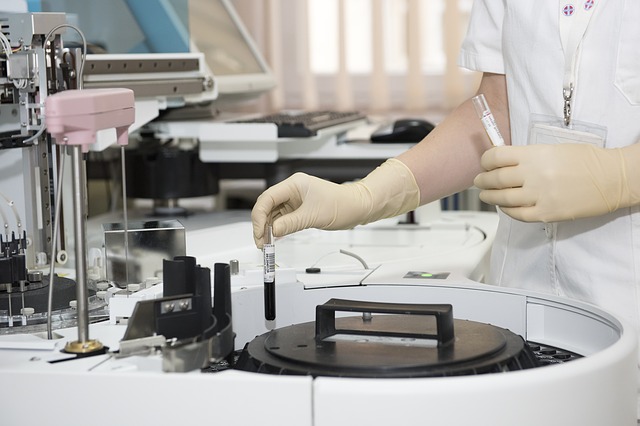
Identification Bracelets, Drug Labeling, Wireless Barcode Scanners, and More Have Saved Lives
Inventory and asset management is not unique to the healthcare industry. If McDonald’s accidentally orders the wrong flavor of milkshake syrup, nobody’s life will be on the line. Healthcare is unique in that there is a human cost for inaccurate or inefficient work. The implementation of the barcode generator in hospitals for keeping track of patient information, instrument inventory, medical samples, and more, is largely a function on reducing human error. And it has been effective as numerous studies point to decreases in accidental deaths in hospitals.
Barcodes have found use in the following ways:
Patient Tracking
Imagine if your nurses and doctors could instantly update the status of every patient without ferrying handwritten notes from their room to a main office? Armed with a wireless barcode scanner, a medical professional can reduce the risk of misidentifying the patient or administering an incorrect treatment.
Drug Labeling
Barcode generators have made keeping track of medication inventory much simpler. By scanning the code every time medicine is administered, ordering new stock has become an automated process. In conjunction with patient tracking, the risk of giving a person the wrong medicine or the wrong dosage is also minimal.

Identifying Samples
Modern medicine relies heavily on biological samples. Stool, urine, and blood in particular are subject to analysis to help diagnose diseases, infections, and more. A mislabeled or misidentified sample can be disastrous, especially if the information gathered from the sample would have been life-saving. By creating a barcode immediately for each sample, and using a wireless barcode scanner at every checkpoint, potentially dangerous mistakes are avoided.

Blood Donation
Blood infusion is a very careful and delicate process. Reducing the risk of transmitting blood-borne illnesses during treatment takes vigilance and double- and triple-checking information. This process is aided by barcode labelling on every blood bag. This contains data on the blood’s type, lot number, and the facility where the blood came from. This way, if a problem is discovered, any and all blood that may also be tainted can be quickly and effectively tracked and recalled.
Of course, no system is 100% error-free. The person wielding a wireless barcode scanner is, after all, a person, and capable of making mistakes. But implementing the barcode generator into healthcare has resulted in significant decreases in errors and consequences of those errors. The process can only improve and made more reliable with time.


